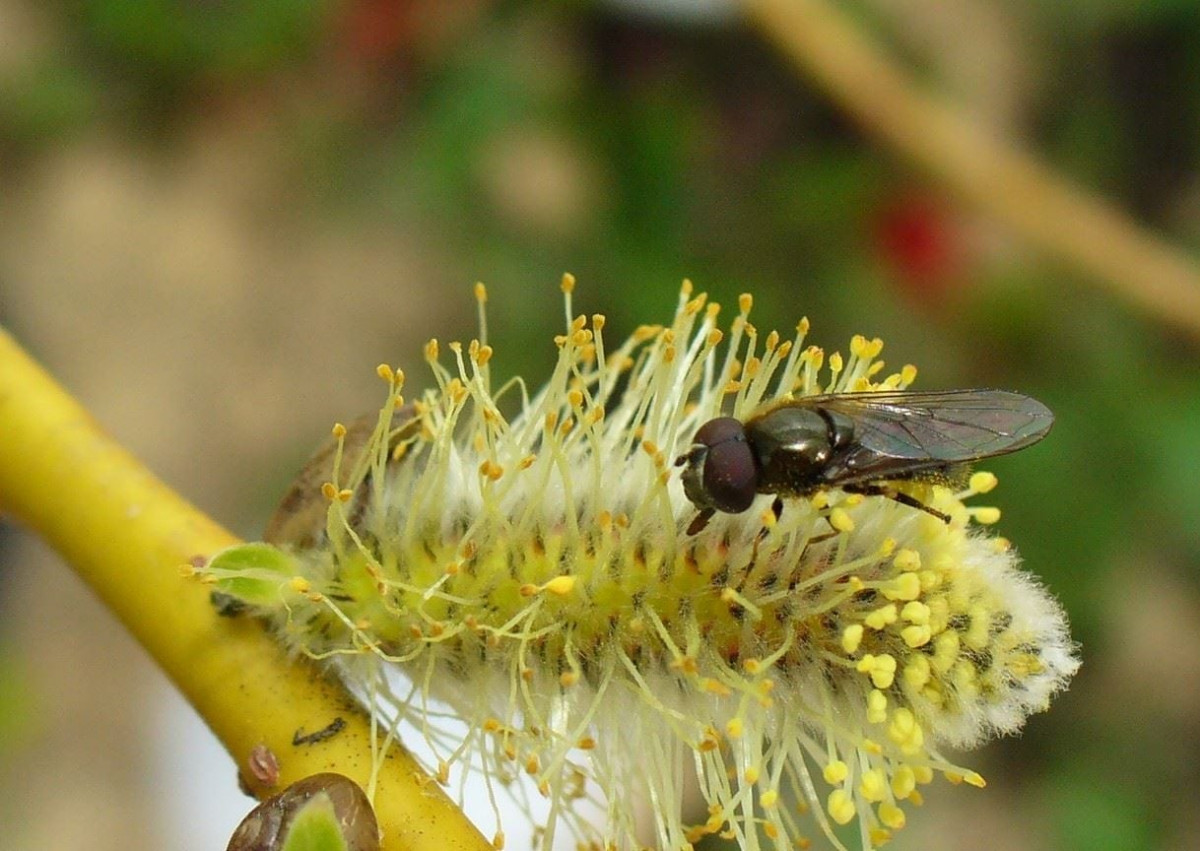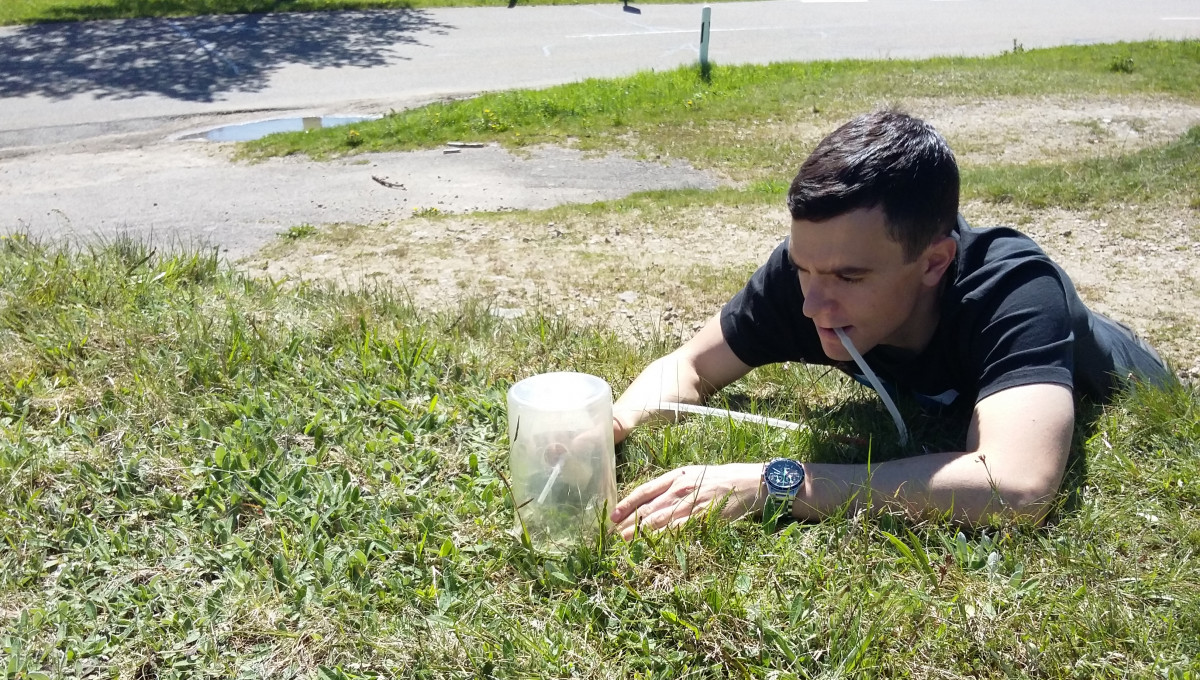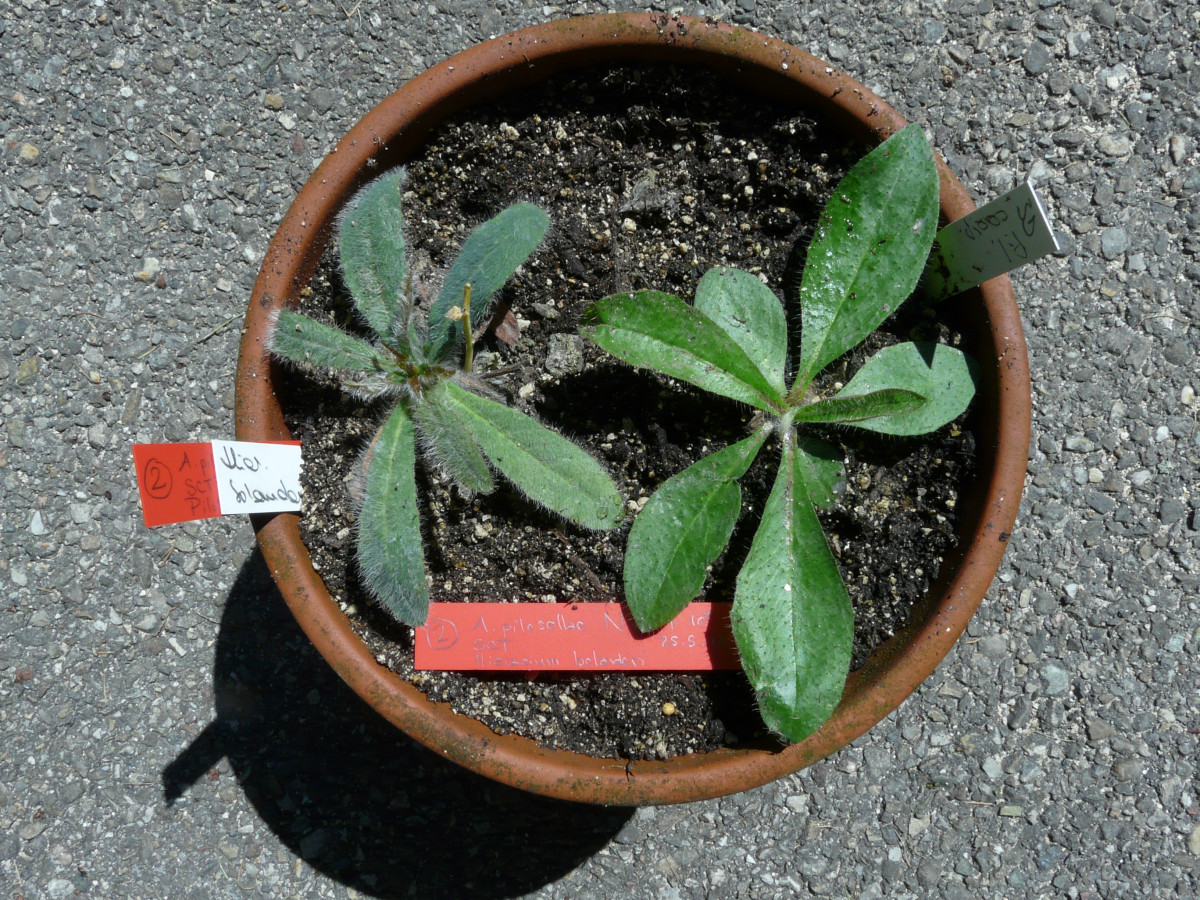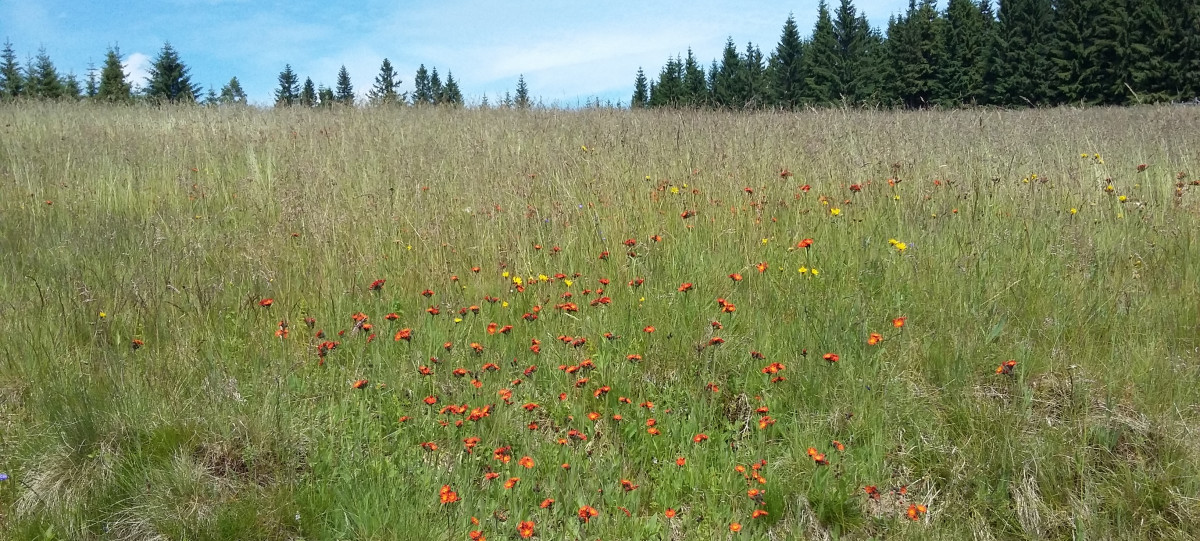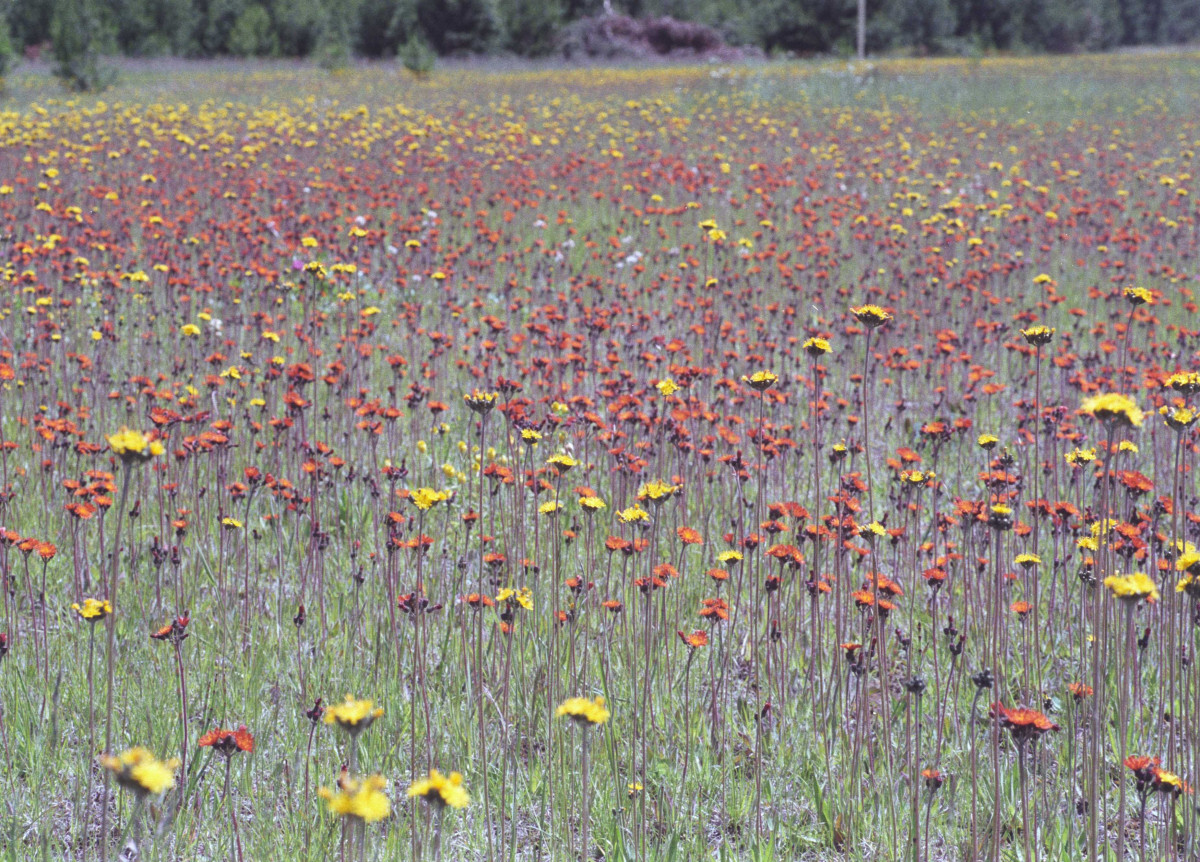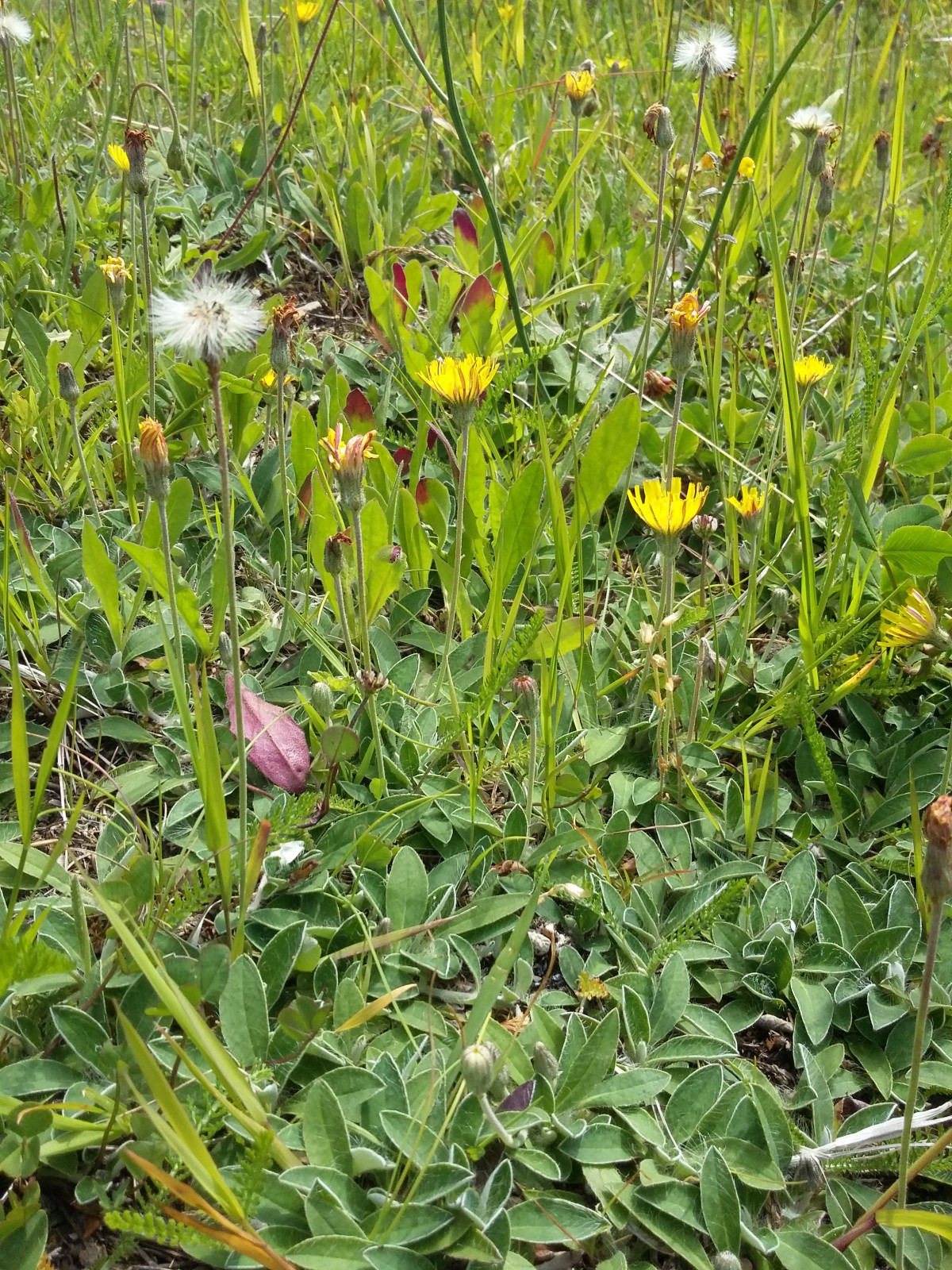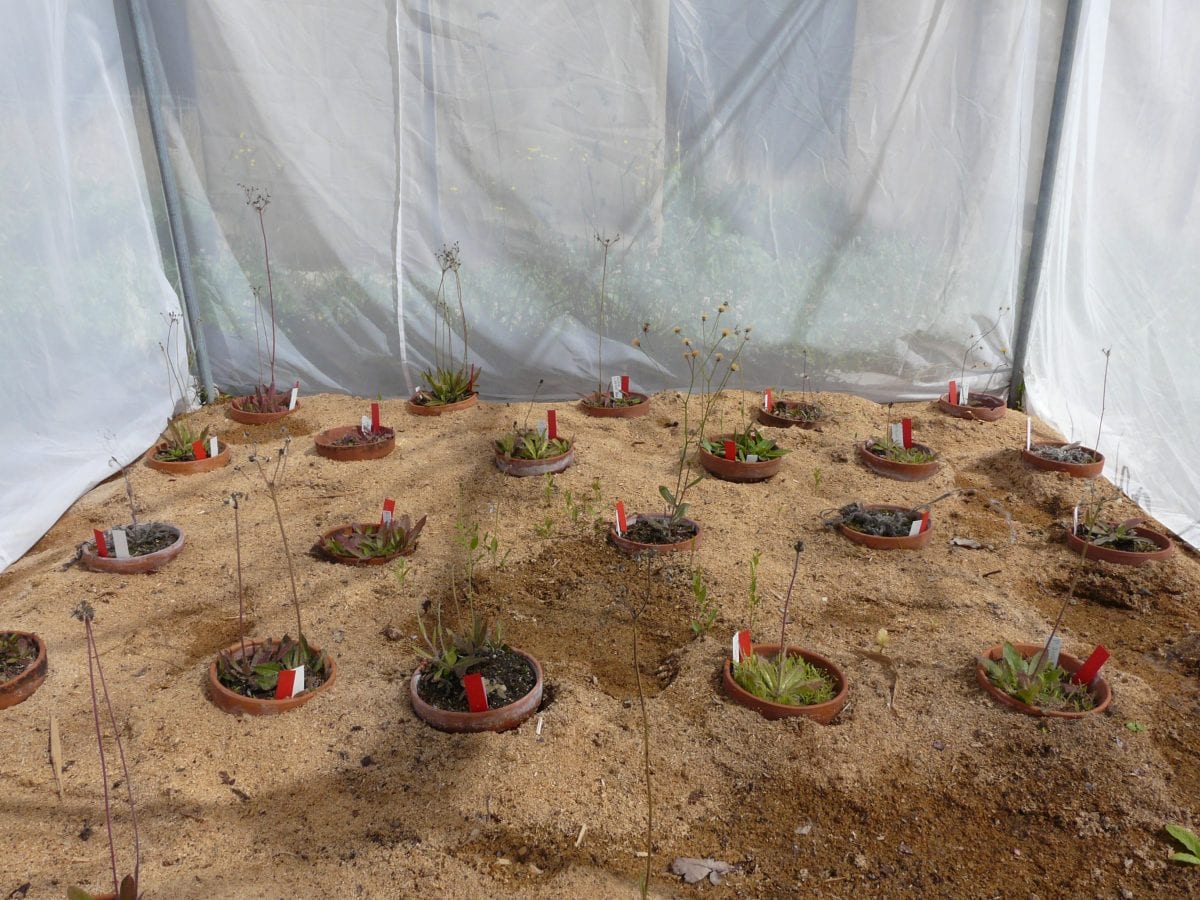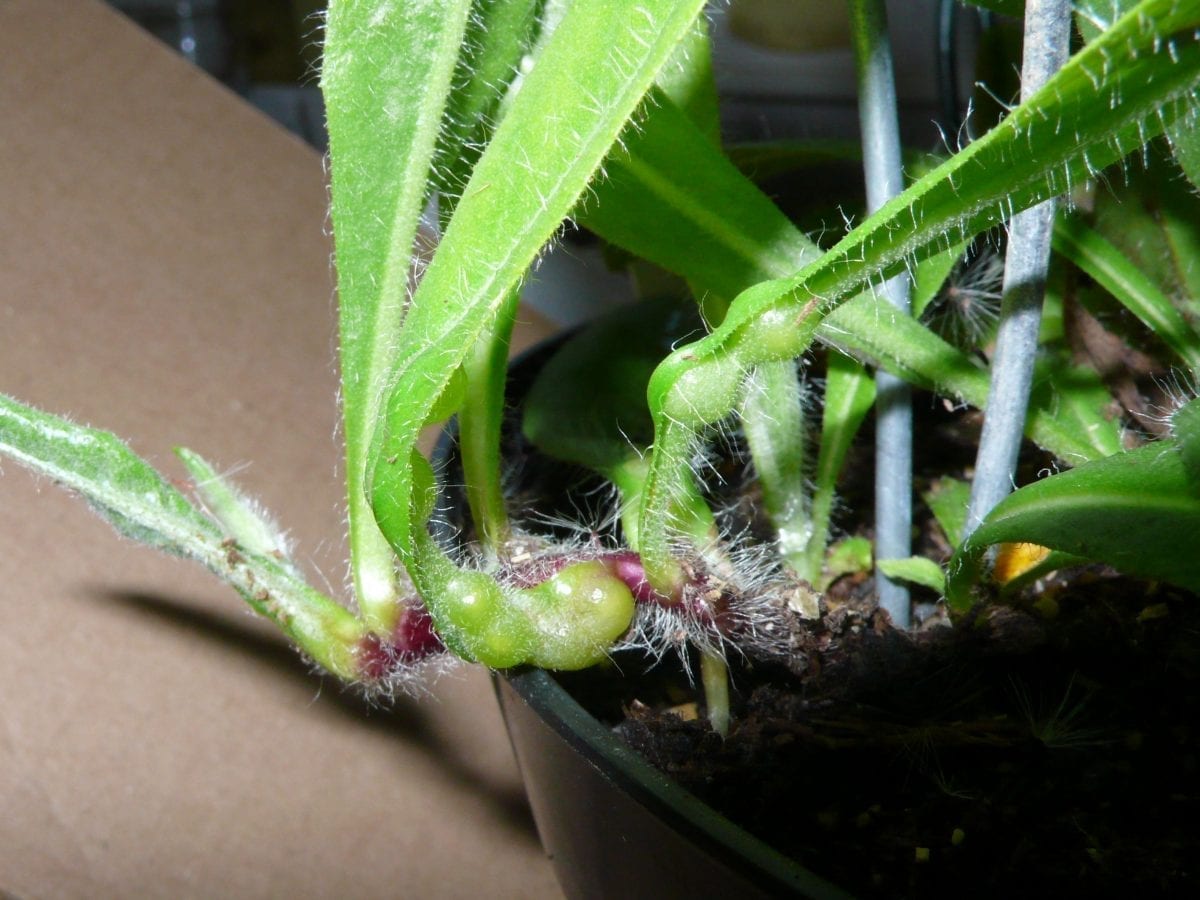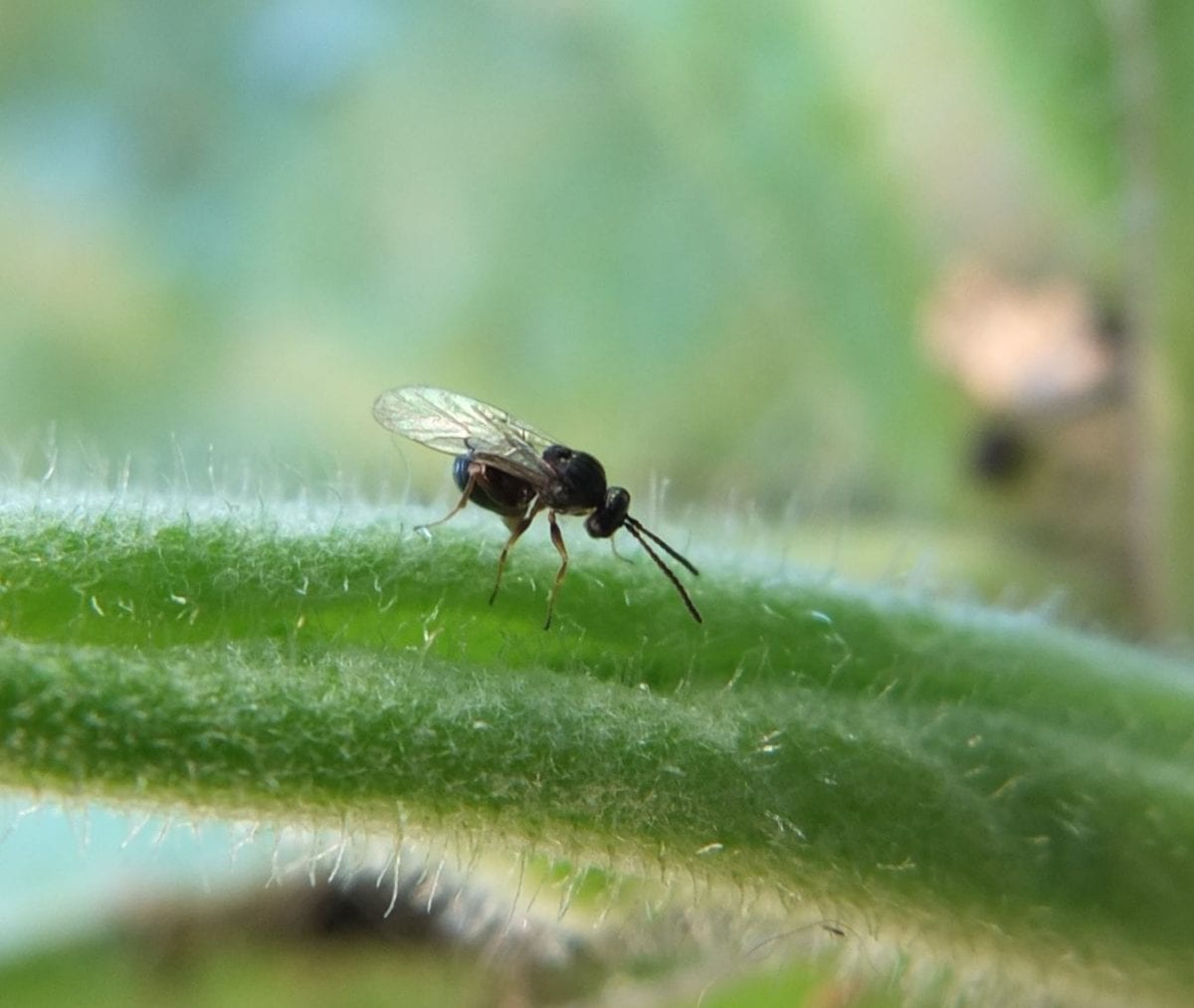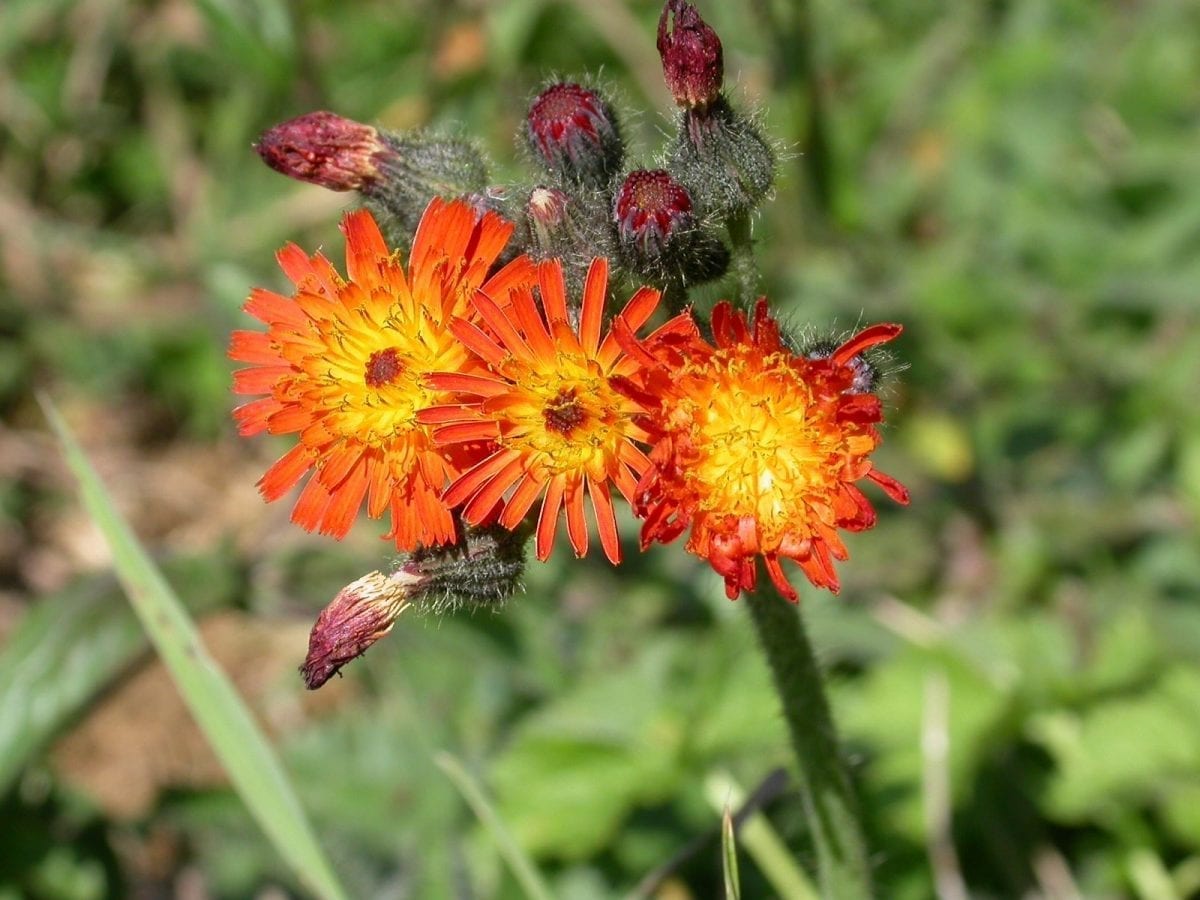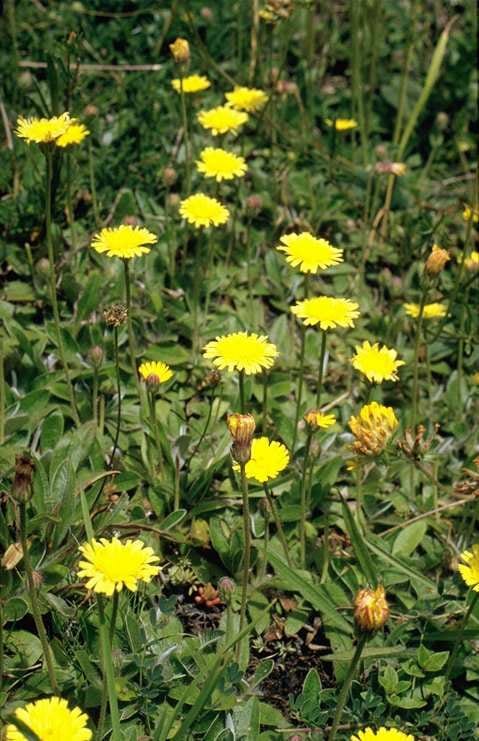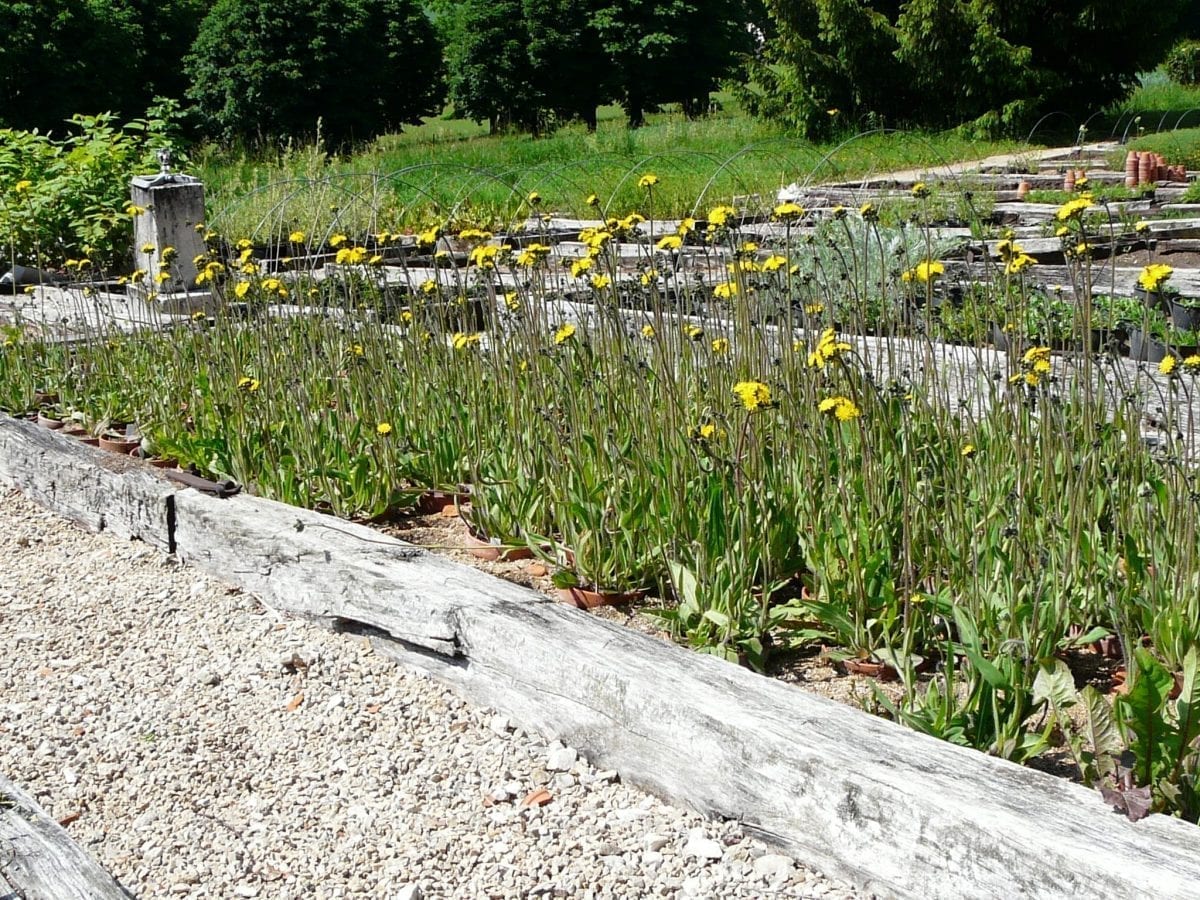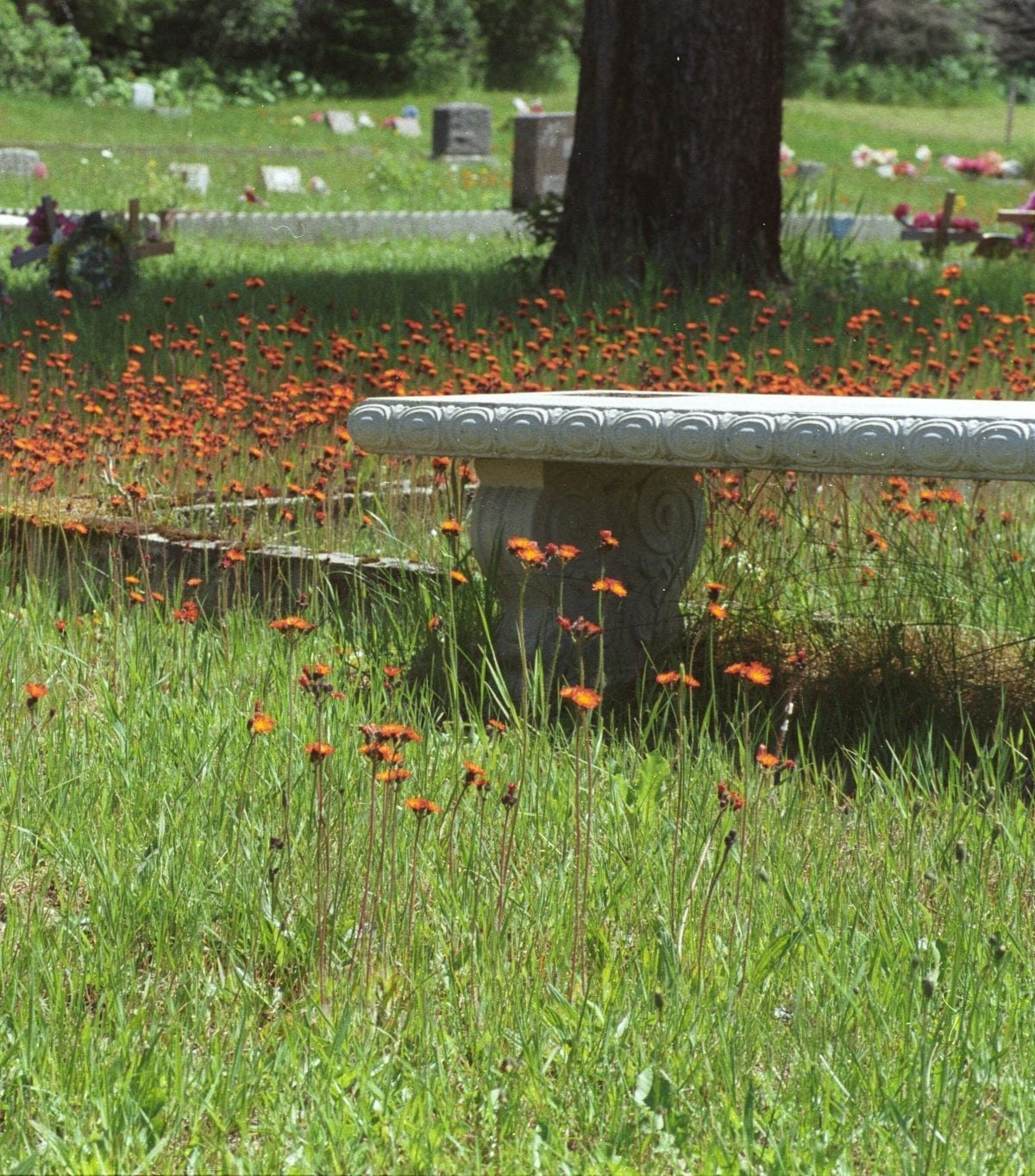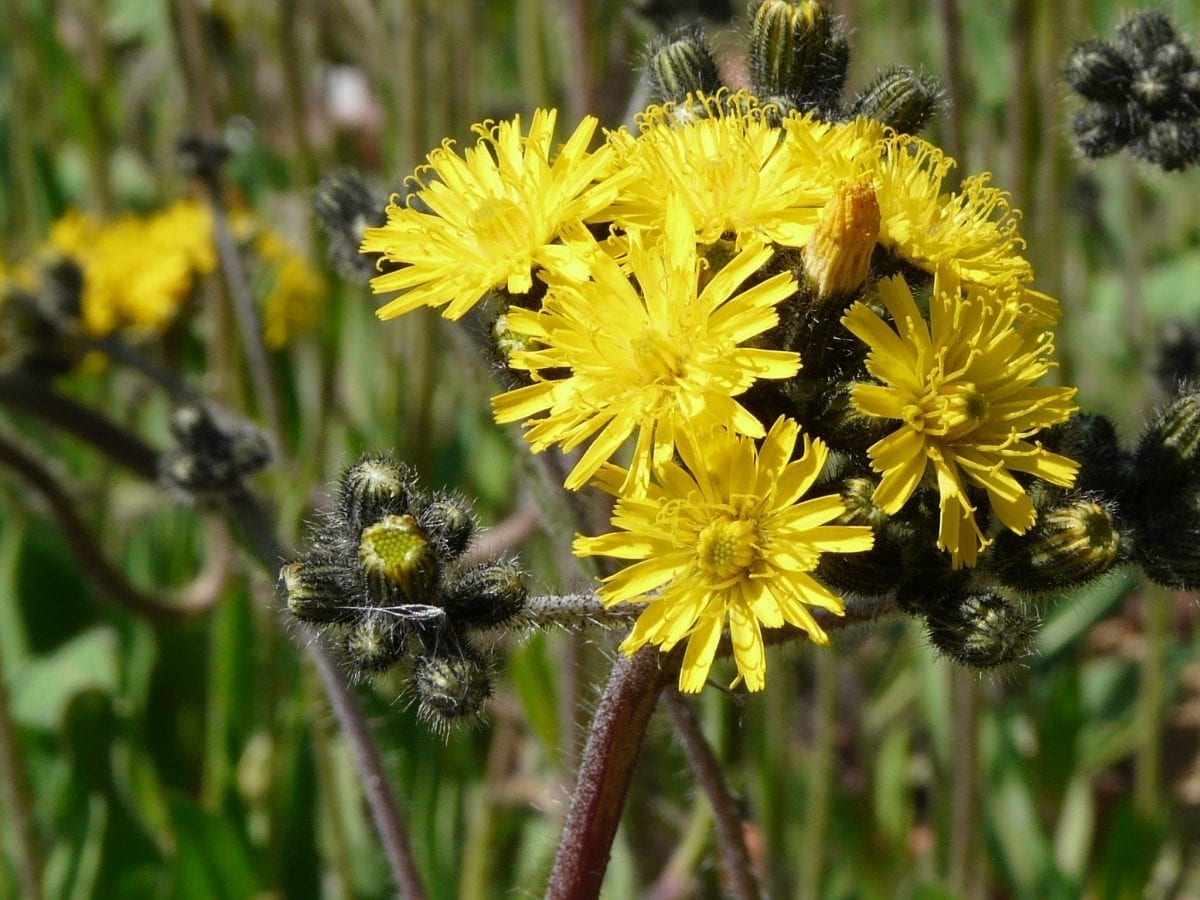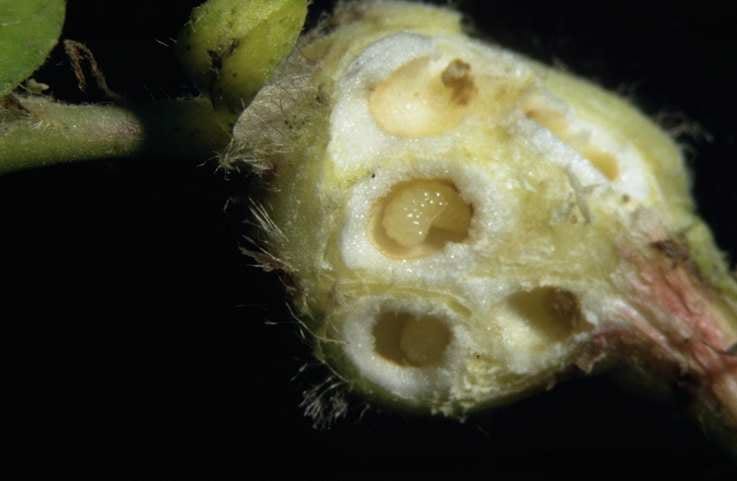Biological control of hawkweeds
European hawkweeds are invasive in North American pastures, where mechanical methods of control are difficult and ineffective. Chemical control with broad-spectrum herbicides is not selective and relatively expensive, with the weed often recolonising untreated pastures. Insects that feed on hawkweeds in Europe have been studied as potential biological control agents for North America since 2000. Two agents have been released in North America – the gall wasp, Aulacidea subterminalis, and the hoverfly, Cheilosia urban.
Project Overview
So, what’s the problem
European hawkweeds (Pilosella spp.) were introduced into New Zealand and North America where several species have become troublesome weeds in pastures, clear-cut areas and nature reserves. Seven Pilosella species are noxious weeds in the northwestern USA and British Columbia in Canada: Pilosella officinarum (mouse-ear hawkweed), P. aurantiaca (orange hawkweed), P. caespitosa (meadow hawkweed), P. flagellaris (whiplash hawkweed), P. piloselloides (tall hawkweed), P. glomerata (yellowdevil hawkweed) and P. floribunda (kingdevil hawkweed). They reproduce by seed and vegetatively, the latter resulting in mat-forming growth that outcompetes native and desirable vegetation. A lack of specialized natural enemies to keep them in check is thought to be one of the main reasons for hawkweeds becoming invasive outside their native range.
What is this project doing?
The project to control P. officinarum (syn. Hieracium pilosella) started in the early 1990s on behalf of a consortium of New Zealand donors. Biological control seeks to introduce host-specific natural enemies to reduce the impact of invasive weeds. A guiding principle is that these agents should not damage other plants. Five European insect species associated with P. officinarum were studied to assess their suitability: the plume moth, Oxyptilus pilosellae, the gall wasp, Aulacidea subterminalis, the gall midge, Macrolabis pilosellae, and the two hoverflies, Cheilosia urbana and C. psilophthalma. All five were released in New Zealand and the two gall-forming insects established in the field.
Since 2000, the CABI team has been looking for natural enemies that could be used to control invasive hawkweeds in North America. This poses a new challenge because, in contrast to New Zealand, there are closely related native species (Hieracium spp.) in North America. Insects are likely to attack plants related to their natural host, so potential biological control agents for the invasive Pilosella spp. have to be shown not to pose a risk to these native species in the introduced range.
Results
Two of the species released in New Zealand were shown to be sufficiently specific for release in North America. The gall wasp, A. subterminalis, was released in Canada and the USA in 2011 and established on P. flagellaris. Adults of the root-feeding hoverfly, C. urbana, have been field-collected in Europe, and released by Agriculture and Agri-Food Canada (AAFC) in BC since 2017. The establishment has not yet been confirmed. The hoverfly was also approved for release by USDA-APHIS PPQ in 2019, however, issues with timing and shipping methods delayed field releases.
A petition for the release of another gall wasp, Aulacidea pilosellae, is in preparation in collaboration with Drs Rosemarie DeClerck-Floate (AAFC, Lethbridge), Chandra Moffat (AAFC Summerland) and Dr Jeffrey Littlefield (Montana State University, Bozeman). Two lineages have been identified: one is univoltine and develops on several invasive hawkweed species (biotype 1), and the other one is multivoltine and prefers mouse-ear hawkweed (P. officinarum; biotype 2). The latter has a lower priority as a weed, therefore, the petition is focussing on biotype 1.
Project Manager

Ghislaine Cortat
Research scientist in Weed Biological Control
Rue des Grillons 1 CH-2800 Delémont, Switzerland
Documents
The latest report summarizing the progress of CABI's weed biological control research projects.

